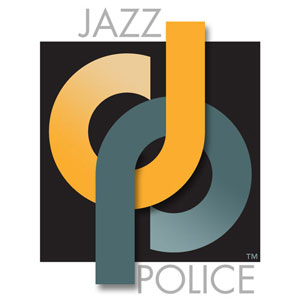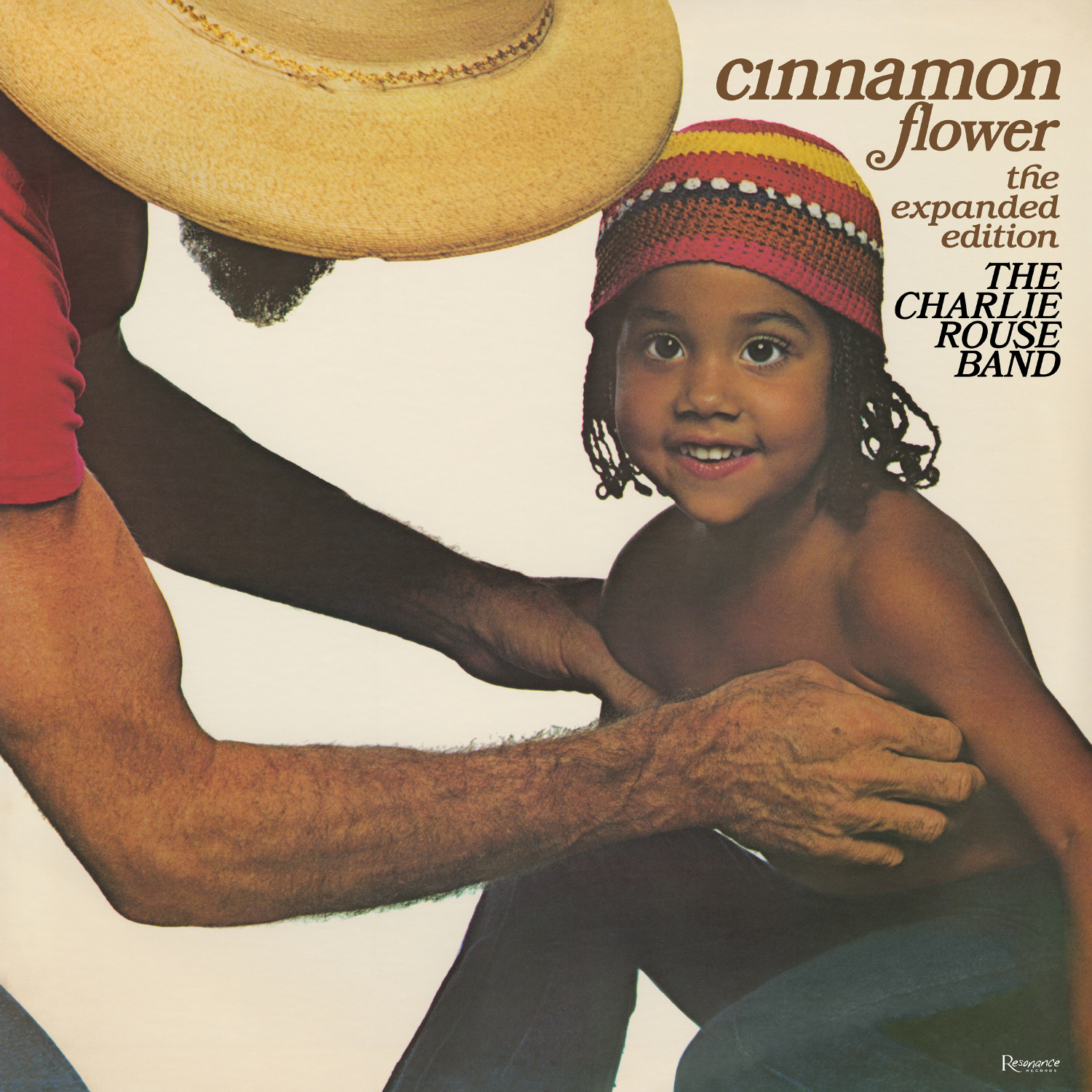by Don Berryman
In 2003 Let It Be Naked was released by Apple records. It was a remix made at the urging of Paul McCartney who objected to Phil Spector’s 1970 production of Let It Be and wanted to release an unadulterated, rawer version. We have a similar opportunity with Charlie Rouse’s Cinnamon Flower with the Resonance Records expanded edition.

In 1975 alto saxophone legend and former Monk bandmate, Charlie Rouse, made a recording with Brazilian musicians melding modern Brazilian music with jazz. This reissue tells another tale of two musical visions, the musicians’ and the producer’s. Fortunately for us, George Klabin, the original engineer for Cinnamon Flower, kept the unaltered tapes. This fall Resonance Records released the original unadulterated Cinnamon Flower for the first time. The doctored Douglas label issue with overdubbed strings, horns, keyboards and drums is being released in the same package allowing listeners to judge the difference for themselves.
Cinnamon Flower was a collective effort with talent In addition to Charlie Rouse. The renowned Brazilian pianist and composer Dom Salvador served as musical director; the band included bassist Ron Carter, trumpeter Claudio Roditi, guitarist Amaury Tristão, percussionist Steve Thornton, cellist Jesse Levy, and master Brazilian drummer Portinho. They looked for someone who would release the music, and in 1976 Alan Douglas offered to release it on his label, “Douglas” which had a distribution agreement with Capricorn records.
Producer Alan Douglas took steps to commercialize the album. He brought in Bernard Purdie to cover Portinho’s intricate percussion with a disco-style backbeat. Post-bop pianist Albert Dailey was hired to overdub electric piano; synthesizer and horns were also added without the knowledge or consent of Charlie Rouse or Dom Salvador. Neither knew what was happening and when they found out they were disappointed and angry. The record was released in 1977.
The first LP in Cinnamon Flower: The Expanded Edition presents the original album exactly as released on Casablanca Records in 1977 with the overdubbed strings, horns, keyboards and drums that Alan Douglas added after the original recording had been made. The second LP contains virtually the same program, but presented here as the tracks were originally recorded, without the layers of overdubs added. So the first LP in this set represents the sweetened, some would say “over-produced”, version of Cinnamon Flower as first released and the second LP represents the album as originally conceived and recorded by Charlie Rouse and his band without alteration, plus one unaltered track called “Meeting House” that was not on the original album.
The Douglas album was not necessarily a bad one, but upon hearing the original recording I found that the beauty of the rhythms had been crushed by the overdubbed drums while the guitar and piano submerged into obscurity under the wash of funkification. Charlie Rouse’s saxophone sounds great in both but I much prefer, as Soul Coughing said “Sugar Free Jazz”. I also respect the artists’ vision. There is much more to this story and it is detailed in the extensive booklet included in this release. I encourage you to have a listen and to read the story.
Jazz historian James Gavin states in the notes, “This Resonance release offers a fresh chance to revisit a musician who almost from the start was deemed ‘underrated.’ It’s not too late for the prediction made in 1988 by Clifford Jordan, Rouse’s tenor-playing peer, to come true: ‘When someone dies, people stop and listen and realize that maybe he was a bit bigger than they thought. Now, people will start listening to Charlie Rouse.’”
Link to original Jazz Police article: https://jazzpolice.com/archives/19524










